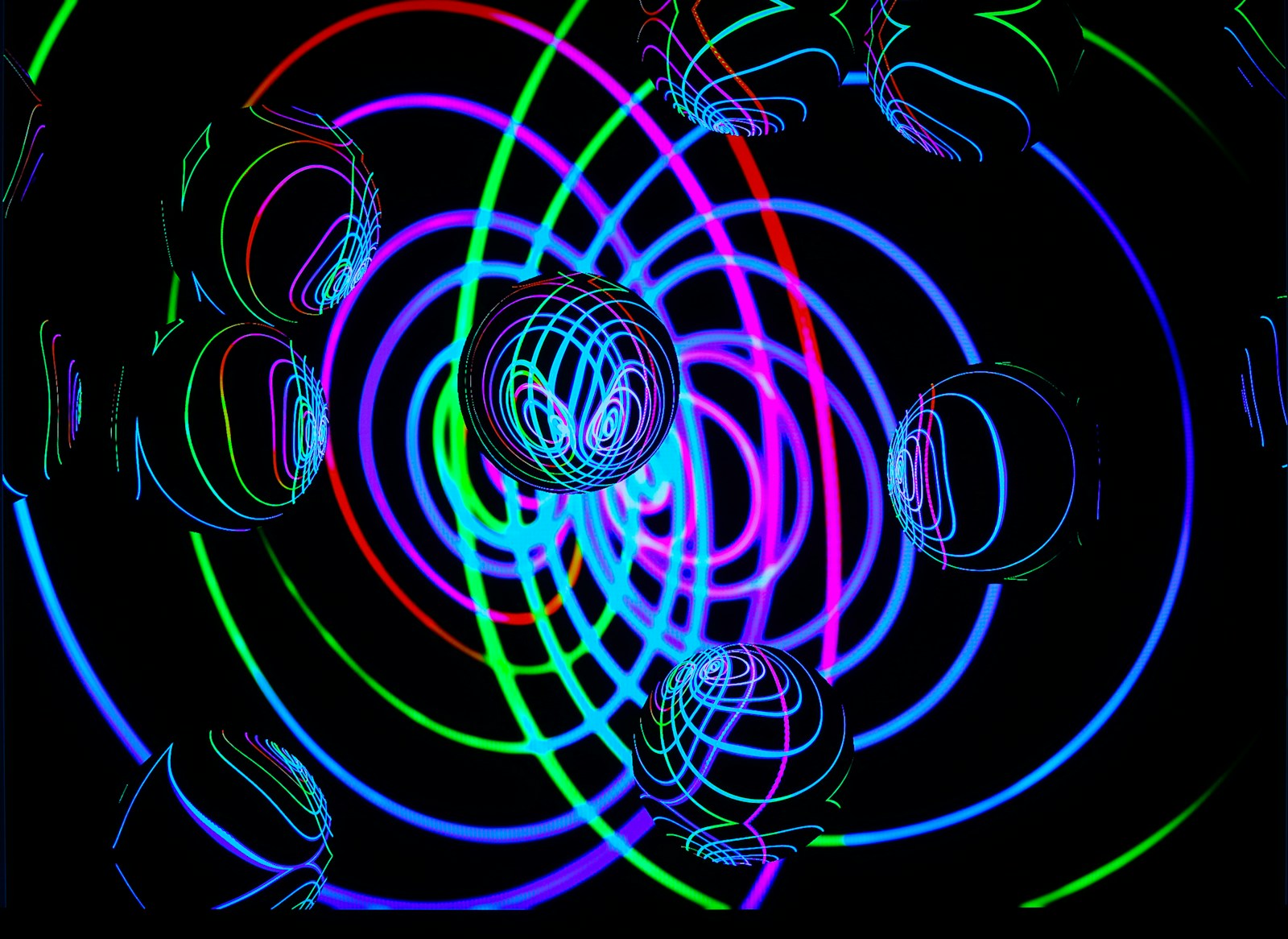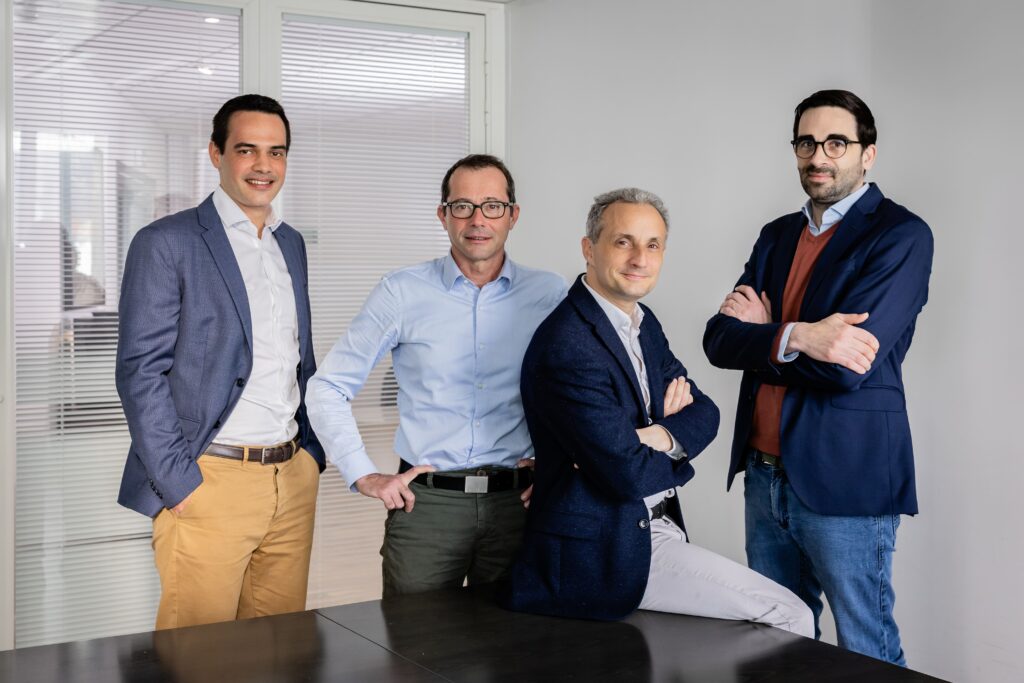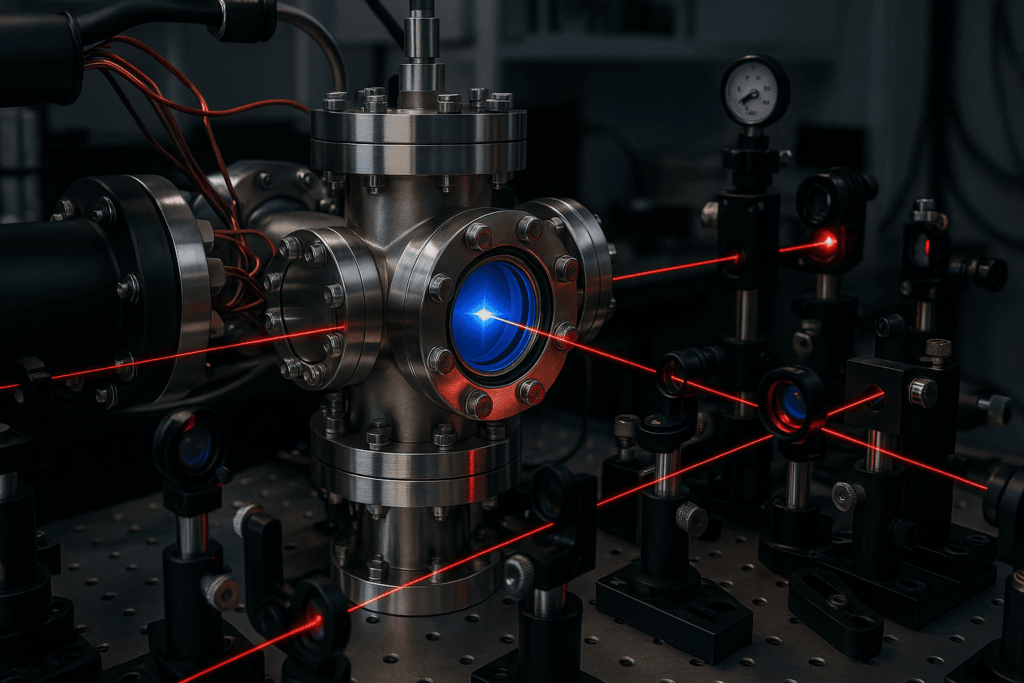Insider Brief
- Researcher say their latest work published in Science Advances demonstrates electrical control of quantum dots.
- Scientists from NTT Research’s Physics & Informatics (PHI) Lab have achieved quantum control of exciton wavefunctions in two-dimensional (2D) semiconductors.
- Controlling the position and energy of quantum dots has been a major hindrance to scaling up towards quantum applications.
PRESS RELEASE — NTT Research, Inc., a division of NTT (TYO:9432), today announced that scientists from its Physics & Informatics (PHI) Lab have achieved quantum control of exciton wavefunctions in two-dimensional (2D) semiconductors. In an article published in Science Advances, a team lead by PHI Lab Research Scientist Thibault Chervy and ETH Zurich Professor Puneet Murthy documented their success in trapping excitons in various geometries, including quantum dots, and controlling them to achieve independent energy tunability over scalable arrays.
This breakthrough was achieved at the PHI Lab in collaboration with scientists from ETH Zurich, Stanford University, and the National Institute for Materials Science in Japan. Excitons, which are formed when a material absorbs photons, are crucial for applications ranging from light harvesting and generation to quantum information processing. However, achieving fine control over their quantum mechanical state has been plagued with scalability issues due to limitations in existing fabrication techniques. In particular, the control over position and energy of quantum dots has been a major hindrance to scaling up towards quantum applications. This new work unlocks possibilities for engineering exciton dynamics and interactions at the nanometer scale, with implications for optoelectronic devices and quantum nonlinear optics.
Quantum dots, whose discovery and synthesis were recognized in a 2023 Nobel Prize, have already been deployed in next-generation video displays, biological markers, cryptographic schemes, and elsewhere. Their application to quantum optical computing, a focus of the PHI Lab’s research agenda, however, has so far been limited to very small-scale systems. In contrast with today’s digital computers that perform Boolean logic using capacitors either to block electrons or allow them to flow, optical computing faces this challenge: Photons do not, by nature, interact with each other. While this feature is useful for optical communication, it severely limits computational applications. Nonlinear optical materials offer one approach, by enabling photonic collision that can be used as a resource for logic. (Another group in the PHI Lab is focusing on one such material, thin-film lithium niobate.) The team led by Chervy is working at a more fundamental level. “The question that we address is basically how far can you push this,” he said. “If you had a system where the interactions or nonlinearity would be so strong that one photon in the system would block the passage of a second photon, that would be like a logic operation at the level of single quantum particles, which puts you into the realm of quantum information processing. This is what we tried to achieve, trapping light within confined excitonic states.”

Short-lived excitons have constituent electrical charges (an electron and an electron-hole) which makes them good mediators of interactions between photons. Applying electric fields to control the motion of excitons on heterostructure devices that feature a 2D semiconductor flake (0.7 nanometers or three atoms thick), Chervy, Murthy, et al. demonstrate different geometries of containment, such as quantum dots and quantum rings. Most significantly, these containment sites are formed at controllable positions and tunable energies. “The technique in this paper shows that you can decide where you will trap the exciton, but also at which energy it will get trapped,” Chervy said.
Scalability is another breakthrough. “You want an architecture that can scale up to hundreds of sites,” Chervy said. “This is why the fact that it’s electrically controllable is very important, because we know how to control voltages on large scales. For example, CMOS technologies are very good at controlling gate voltages on billions of transistors. And our architecture is no different in nature from a transistor – we are just keeping a well-defined voltage potential across a tiny little junction.”
The researchers believe their work opens up several new directions, not only for future technological applications but also for fundamental physics. “We have shown the versatility of our technique in defining quantum dots and rings electrically,” said Jenny Hu, primary co-author and Stanford University Ph.D. student (in Professor Tony Heinz’s Research Group). “This gives us an unprecedented level of control over the properties of the semiconductor at the nanoscale. The next step will be to investigate deeper the nature of light emitted from these structures and find ways of integrating such structures into cutting-edge photonics architectures.”
In addition to conducting research into quasi-particles and non-linear materials, PHI Lab scientists are engaged in work surrounding the coherent Ising machine (CIM), a network of optical parametric oscillators programmed to solve problems mapped to an Ising model. PHI Lab scientists are also exploring neuroscience for its relevance to new computational frameworks. In pursuit of this ambitious agenda, the PHI Lab has reached joint research agreements with the California Institute of Technology (Caltech), Cornell University, Harvard University, Massachusetts Institute of Technology (MIT), Notre Dame University, Stanford University, Swinburne University of Technology, the Tokyo Institute of Technology and the University of Michigan. The PHI Lab has also entered a joint research agreement with the NASA Ames Research Center in Silicon Valley.
For more market insights, check out our latest quantum computing news here.
















